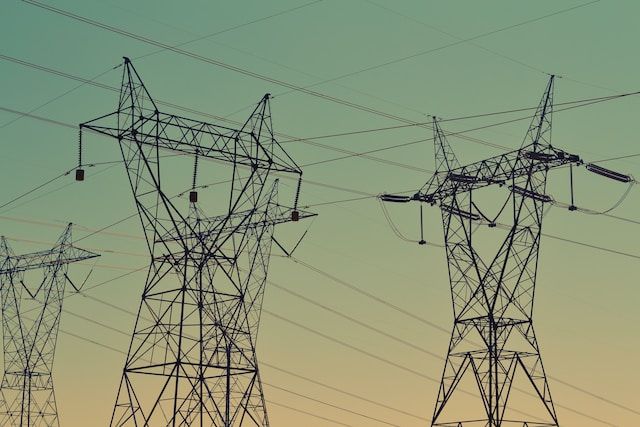Lack of ambition and attention risks making electricity grids ‘weak link’ in clean energy transition
First-of-its-kind global study finds the world must add or replace 80 million km of grids by 2040, equal to all grids globally today, to meet national climate targets and support energy security.

First-of-its-kind global study finds the world must add or replace 80 million km of grids by 2040, equal to all grids globally today, to meet national climate targets and support energy.
Efforts to tackle climate change and ensure reliable supplies of electricity could be put at risk unless policy makers and companies quickly take action to improve and expand the world’s electricity grids, according to a special report by the IEA.
Grids have formed the backbone of electricity systems for more than a century, delivering power to homes, factories, offices and hospitals – and their importance is only set to rise as electricity’s role in energy systems increases.
But the new report, Electricity Grids and Secure Energy Transitions, which offers a first-of-its-kind stocktake of grids worldwide, finds signs they are not keeping pace with the rapid growth of key clean energy technologies such as solar, wind, electric cars and heat pumps. Without greater policy attention and investment, shortfalls in the reach and quality of grid infrastructure could put the goal of limiting global warming to 1.5 °C out of reach and undermine energy security, the report warns.
Achieving all national climate and energy goals will require adding or replacing 80 million kilometres of power lines by 2040 – an amount equal to the entire existing global grid – according to a detailed country-by-country analysis carried out for the report. Major changes to how grids operate and are regulated are also essential, while annual investment in grids, which has remained broadly stagnant, needs to double to more than USD 600 billion a year by 2030.
Issues are already emerging. The report identifies a large and growing queue of renewables projects waiting for the green light to be connected to the grid, pinpointing 1 500 gigawatts worth of these projects that are in advanced stages of development. This is five times the amount of solar PV and wind capacity that was added worldwide last year.
The role of electricity is set to continue growing strongly, increasing the demands on grids. The adoption of new technologies such as electric cars and heat pumps means electricity is expanding into realms previously dominated by fossil fuels. Meanwhile, countries are adding renewable energy projects at a fast rate – requiring more power lines to connect them to electricity systems and high-functioning distribution grids to ensure reliable supplies for end customers. This includes the digitalisation of distribution grids and enabling more flexibility through demand response and energy storage.
The report identifies several strategic actions that can make a difference. These include expanding and strengthening grid interconnections within countries, between countries and across regions to make electricity systems more resilient and allow them to better integrate rising shares of solar and wind power. The report recommends that governments back large-scale transmission projects to ensure grids are prepared for further strong growth in renewable power. And it urges grid developers and operators to embrace digitalisation to enable the grids of the future to be more resilient and flexible.
Find out more here.


_400_250_s_c1.png)



